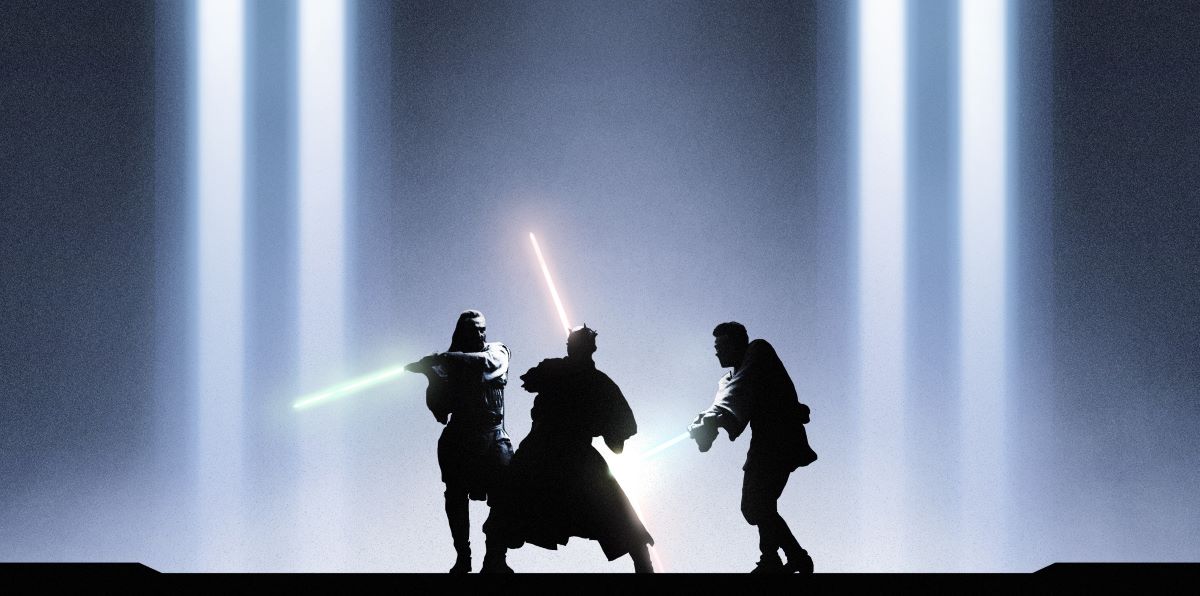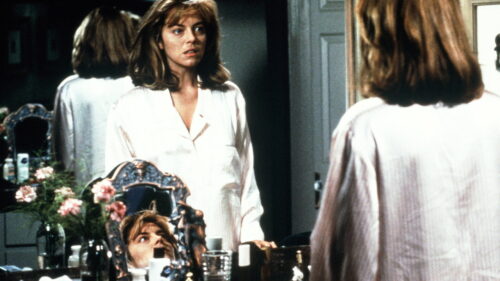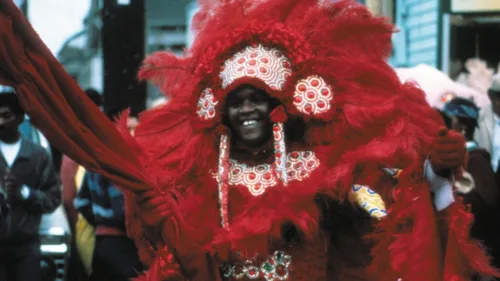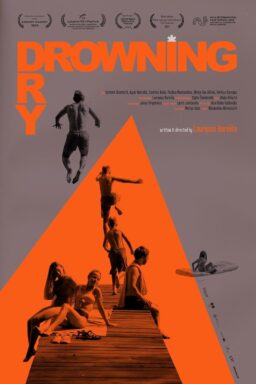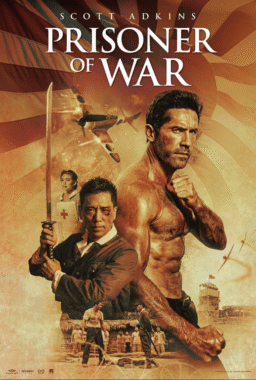We’re coming up on the 25th anniversary of the release of “The Phantom Menace,” the biggest disappointment of my moviegoing life.
I didn’t know how good I had it back then.
Let me explain.
I wasn’t expecting an intellectually stimulating visual feast on the order of “2001: A Space Odyssey,” “Close Encounters of the Third Kind,” “Alien” or “Blade Runner.” But I at least hoped that “The Phantom Menace” would turn out to be an exuberantly overstuffed pop fantasy that could stand tall against the original trilogy, the weakest installment of which was “Return of the Jedi.” (A second Death Star? Really? Okay, fine.)
I saw “The Phantom Menace” at the now-defunct Ziegfeld movie palace in New York with my wife and my younger brother, also major fans of the series. We walked out in muted silence, then spent the next few hours trying to convince ourselves that we’d had a good time. We had to admit that, except for the three-way lightsaber duel, the pod race sequence, Liam Neeson’s gravitas as Qui-Gon Jinn, and a few design elements, it was an altogether tedious and frustrating experience.
Imagine a dumpster filled with metal tools. Now imagine that there were a few pieces of candy in there, and it was your job to find them.
I went back to see it again a few days later, thinking there had to have been something to it, something I’d failed to appreciate the first time. I didn’t see anything that contradicted my original impression. Armond White described George Lucas’ movie as “magisterial but leaden,” a perfect turn of phrase. Watching “The Phantom Menace,” you knew you were watching a movie made by somebody in complete command of their craft, operating with absolute confidence, as well as the ability to make precisely the movie they wanted to make and overrule anyone who objected. (Surely someone thought about asking Lucas if they really needed to do stereotypical “foreign” accents on some of the bad guys, instead of subtitling nonhuman languages like they did in the original trilogy; but if they did, they kept their mouths shut.)
But despite the absolute freedom with which it was devised, “The Phantom Menace” seemed lifeless somehow. A bricked phone. See it from across the room, you’d think that it was functional. Up close, a paperweight.

That being said, I liked the second half of the next movie, “Attack of the Clones,” quite a bit, and loved almost all of “Revenge of the Sith,” and ended up appreciating the totality of the franchise because (1) it was an epic tragedy that seemed to be pitched towards middle-schoolers, which is something you don’t see every day, and (2) in terms of formal construction, it’s a fascinating object, one that perhaps has more in common with gallery installations than most narrative cinema. Camille Paglia called the prequel trilogy “the greatest work of art in any medium of the last 30 years,” thanks mainly to its formal properties, which in the third movie turned “Star Wars” into, as she put it, a “digital art-piece.”
I’m also fascinated by how the prequels mirror the first three movies so exactly in terms of major events that if you watch the six-film cycle in order and treat it as a complete statement, it starts to look like a meditation on free will versus predestination. Among other repeated events, there’s a forced landing on Tatooine, the death of a mentor at the hands of a Sith, a chase through an asteroid belt, and, in the second installment, a sudden twist that changes your relationship to the hero, followed by a cliffhanger. The droids show up again, becoming immortal tin-can Shakespearean jester-witnesses to the Skywalker saga, and putting a self-aware storytelling frame around Lucas’ narrative embellishments and recontextualizations. C-3PO isn’t aware that a lot of things have happened to him before because his memory gets erased, but his buddy R2-D2 apparently knows but never says anything, and keeps revealing new powers (including the ability to fly!) that would have come in handy in other films had he felt like using them.
The prequel trilogy is also far more overt than the original trilogy in its counterculture-era metaphors for US foreign policy. Where the original refought the Vietnam War as a Flash Gordon adventure and got audiences to side with the Vietcong a mere two years after the evacuation of the Saigon embassy (Lucas has said that in the first film he saw Grand Moff Tarkin as a Nixonian figure and Vader as his Henry Kissinger), the next three films are about how the executive branch of a democracy gradually leaches authority from the legislature by invoking emergency powers and dragging the populace into wars that the executive himself contrived into existence. The period defined by 9/11 and the wars in Afghanistan and Iraq was more than two years off when “The Phantom Menace” premiered. That Lucas was commenting on current events by the time he released “Revenge of the Sith” is less an indicator of clairvoyant powers than proof that Lucas’ country keeps doing the same things over and over with the details changed. “If you’re not with me, you’re my enemy!” Anakin hollers at Obi-Wan, echoing George W. Bush’s “Either you are with us, or you are with the terrorists.” The critique of US foreign policy is far more cogent in the second set of “Star Wars” movies, even at a comic-book level, than anything presented in the MCU films, which become incoherent and self-canceling as they go along.
Two possibly fun experiments, for anyone so inclined:
- Watch the first and fourth installments, the second and fifth installments, and the third and sixth installments, in that order;
- Watch “A New Hope” (as Lucas eventually retitled it) and then “The Empire Strikes Back,” then watch all three prequels together, then finish with “Return of the Jedi.” This order was suggested to me back in 2005 by a dear friend, who thought it would be fun to treat the films as if they were “The Godfather, Part II”; it has also been suggested that you can do basically this but leave out “The Phantom Menace” entirely.
I somewhat forgive Lucas for introducing Midicholorians into the mythology of the Force, a power that we’d been led to assume that anybody could tap into, even if nobody could tap into it as well as the Skywalker family and the Emperor. Whether you like it or not (and I personally don’t like it), Lucas is messing with our preconceived notions about The Force in “The Phantom Menace” in much the same way that the scene with the Architect in the second “Matrix” movie messes with our sense of what happened in the first film and the autonomy of our hero. I am not innately a fan of stories about royal bloodlines and certain people being genetically ordained to rule, but the Midichlorian stuff (like the Jesus-esque immaculate conception, another thing I could’ve done without) does give Qui-Gon as strong argument to bring this random desert kid back for Jedi training, over the objections of his apprentice. He thinks Anakin is The One, a scenario that supersedes the Jedi rule book. (Qui-Gonn’s belief in his own rightness might’ve been the spark that lit the fire that incinerated the Jedi order, but that’s another piece.)

Like everything else that has ever been created, films are products of the age in which they were made, a factor that’s neither here nor there in terms of evaluating quality or importance. But I do think the prequels have a density and exactness that becomes more impressive the deeper we get into the current era of Hollywood, wherein it is not the director or producer or movie star who controls the production of a movie, or even an individual studio, but a global megacorporation, one that is increasingly concerned with branding than art.
I don’t think there’s too much wrong with the prequel trilogy as a freestanding object that a ruthless edit reducing it to two movies couldn’t solve, though I do think starting “Phantom Menace” with Anakin as a little boy is a nearly catastrophic error in judgment. (Patton Oswalt summed up the problem from an audience standpoint better than I ever could; why not just start the story with Anakin as a snotty, overconfident teenager, like Luke in the very first production?)
In any event, the prequels look better to me now than they did then because they’re a product of a singular consciousness with a definitive artistic signature. That’s something you rarely see anymore at the uppermost budget levels of commercial fantasy filmmaking. James Gunn, Zack Snyder and Christopher Nolan have been conspicuous exceptions in the comic book realm, though Snyder, for all his clout, has never had the kind of autonomy that Lucas enjoyed between 1977 and 2005, and the vast majority of Nolan’s output is difficult to pigeonhole by genre, making a direct career comparison impossible. The “Star Wars” sequels with Daisy Ridley and Adam Driver, made after Lucas sold his company to Disney, had their own ambitions and merits, in particular a fascination with legacy, influence, and the obligation to live up to others’ expectations for you, or your own fantasies of what you were supposed to be.
Having said that, I think the final installment is unwatchable—and that it’s unwatchable precisely because J.J. Abrams, who controlled the first sequel, looked at what Rian Johnson did in the next one and apparently interpreted it as an insult or threat rather than an improvisational gauntlet being tossed down, then set about undoing what his predecessor had done instead of trying to elaborate on it. It’s less of a movie than an airing of grievances. The main agenda is pandering to some of the most reactionary and childish elements in the fan base.

There was no such insecurity on display when Lucas was running things. The singularity he brought to the world that he created shames all but the very best “Star Wars”-branded “content” made during the Disney era.
There was always something mysterious and inscrutable at the heart of the first six “Star Wars” movies, as raucously entertaining, sentimental, upsetting, spectacular, and occasionally lowbrow as they were. Why is he showing us this, and in this particular way? Is there something here I’m not seeing, or getting? What on earth possessed him? These are not questions that occur to viewers of any other “Star Wars” property produced since Lucasfilm was sold to Disney. Those sorts of questions only occur when you’re watching something that’s both art and entertainment, as opposed to product.
Also, realistically, they cannot occur under the auspices of the Walt Disney Company, because if they ever seemed as if they might occur, executives would make sure we never saw them on screen, because if we did see them on screen, there would be “think pieces” online, and arguments about “canon” and whether a certain plot point “breaks canon,” and a fanboy revolt, possibly with cyber-harassment, and stockholders would complain that the golden goose was in danger. That’s probably how we ended up with so many Disney+ series that tie things back to canonical characters and events rather than fresh stories that have their own identities and that involve characters who aren’t connected to the Skywalker family, even tangentially.
The only “Star Wars” film or TV stories that entirely avoided being passed through mega-corporate blandification and brandification filters are “The Last Jedi” (the most independent-minded and only truly divisive feature in the Disney era, and therefore the one with the strongest claim on being labeled “art”) and Tony Gilroy’s series “Andor.” The latter is the “Battle of Algiers” of the “Star Wars” saga, and the only story set in Lucas’s universe that never spends more than a few seconds pandering to the kid in all of us. I’d be curious to find out what Lucas, who made the hard-edged dystopian classic “THX-1138” as his feature debut, thinks of it.

